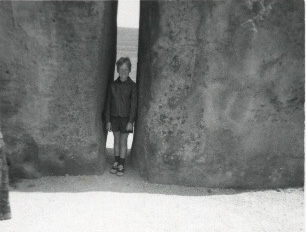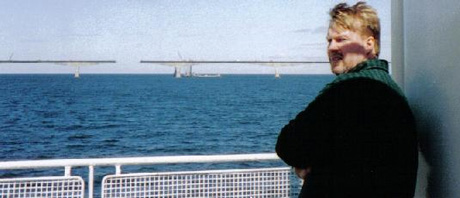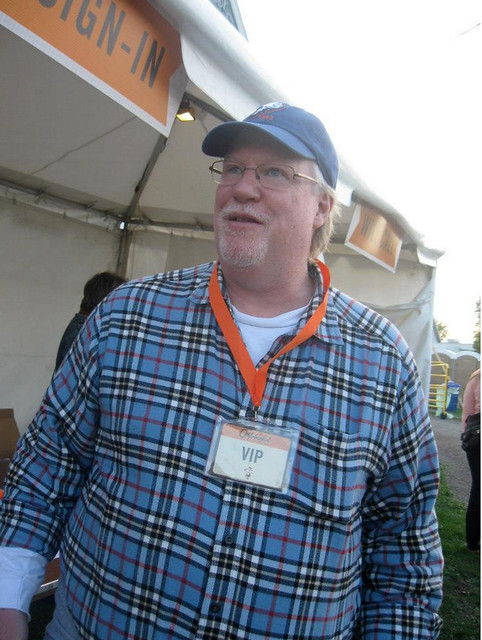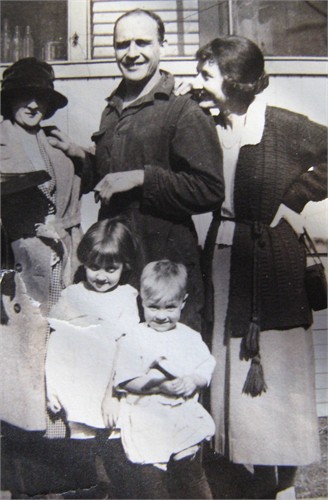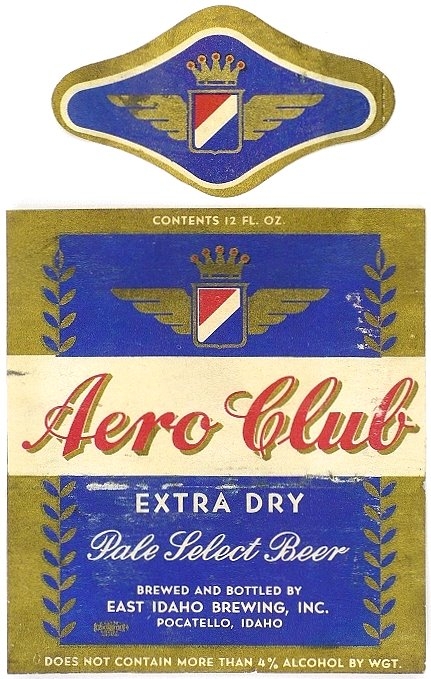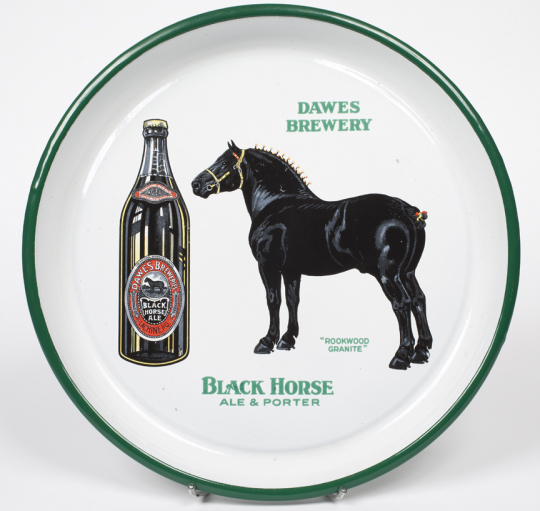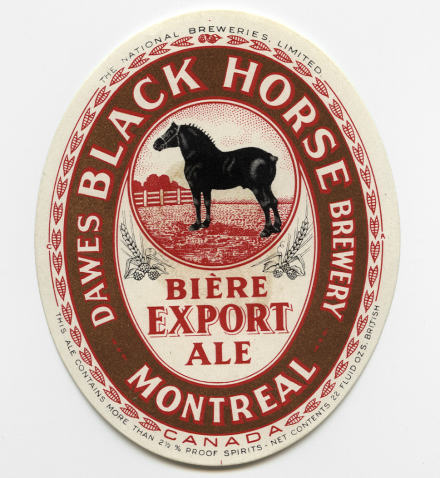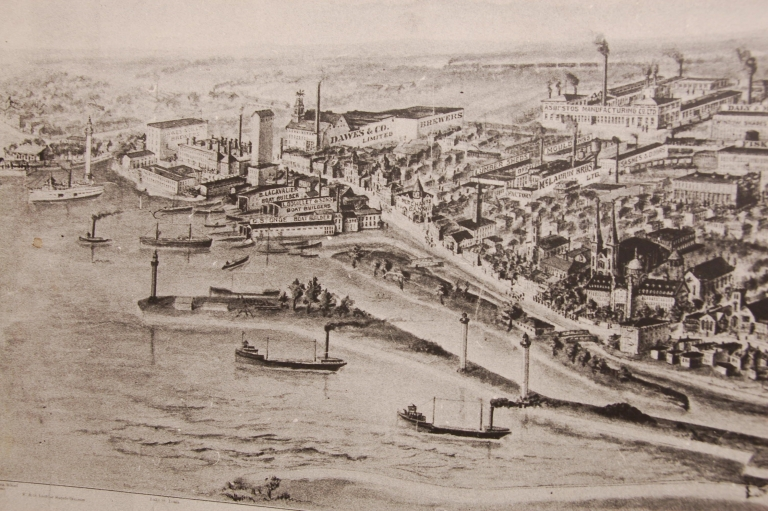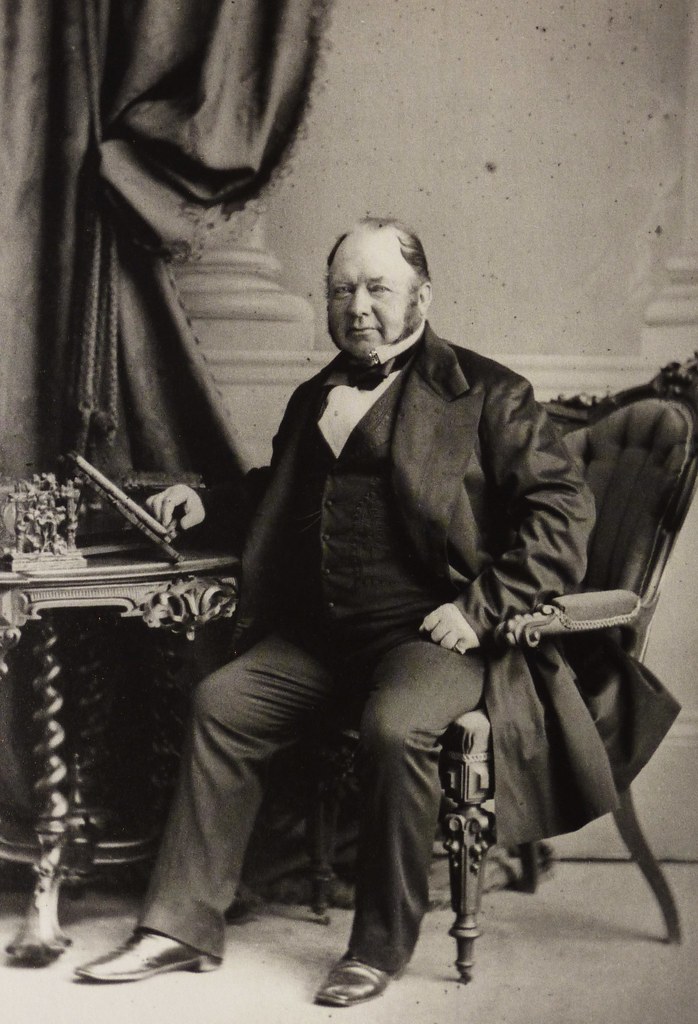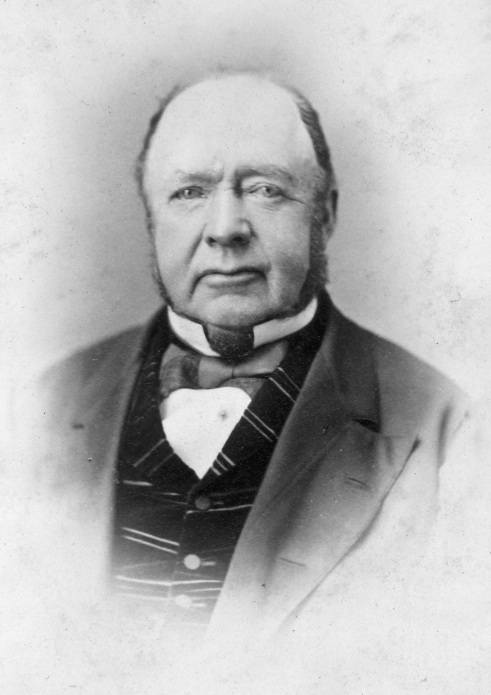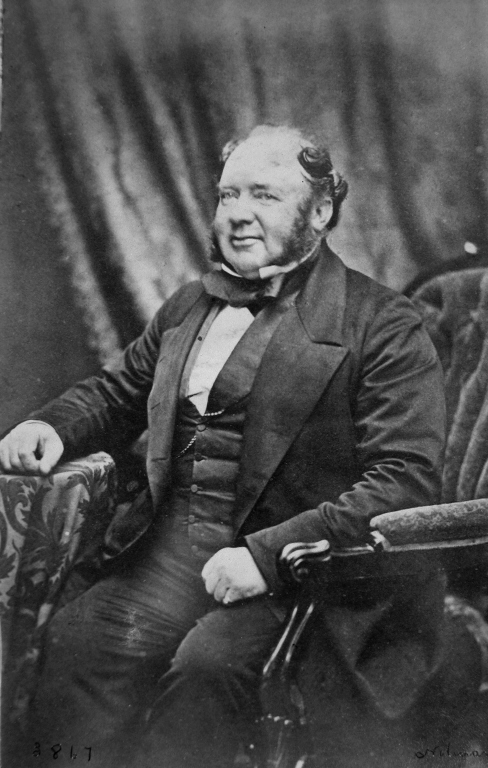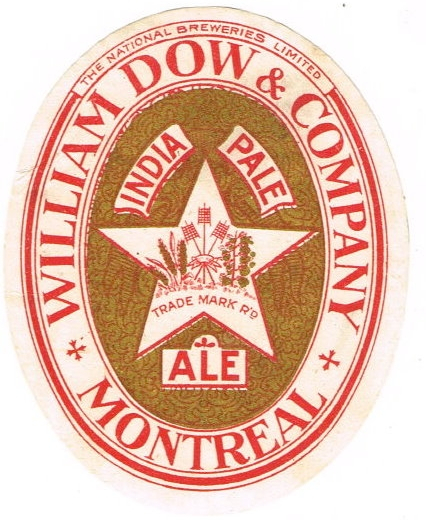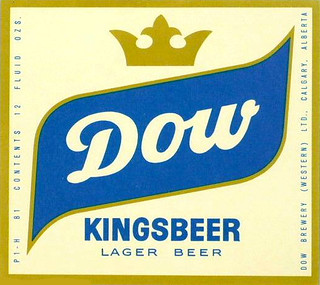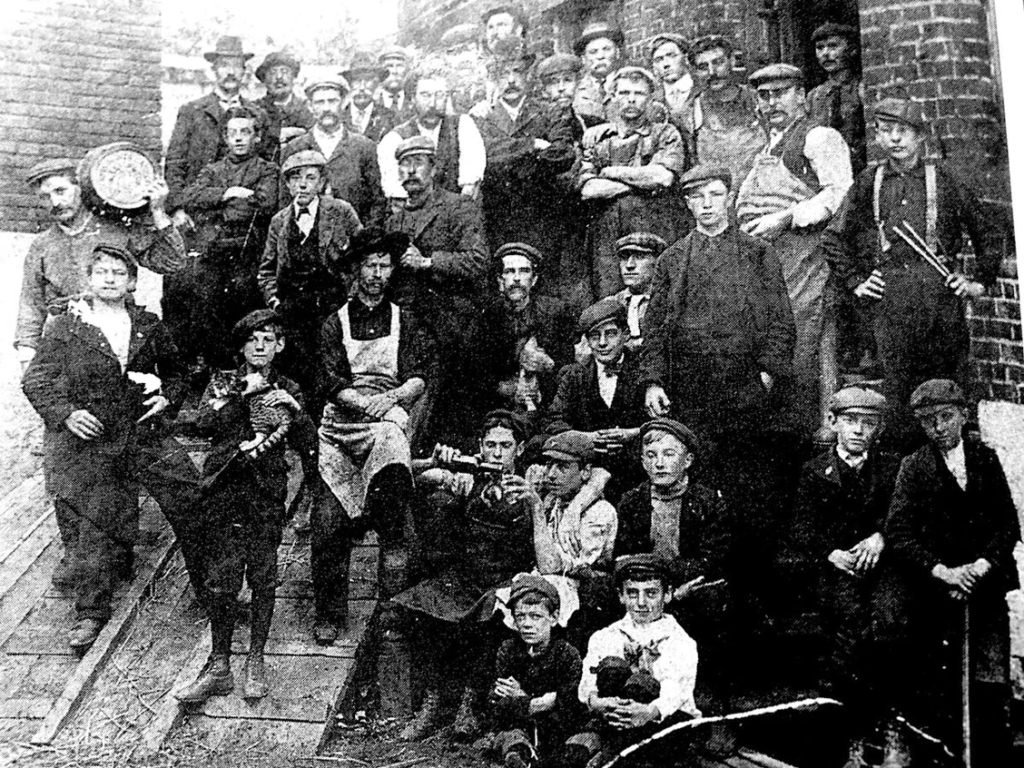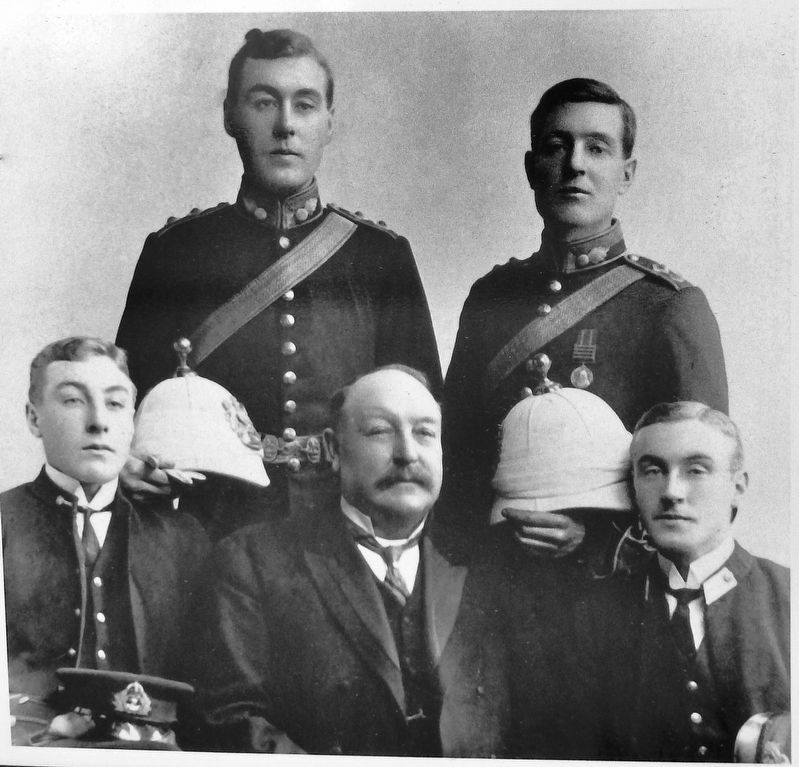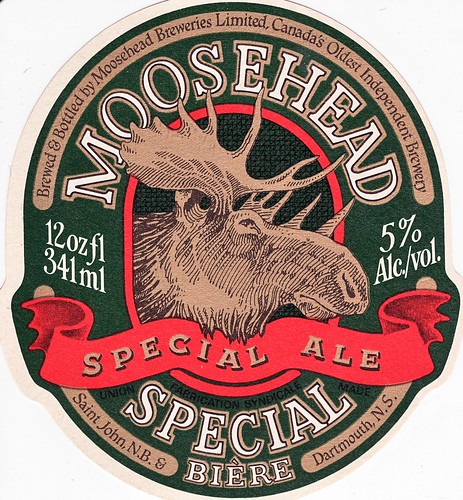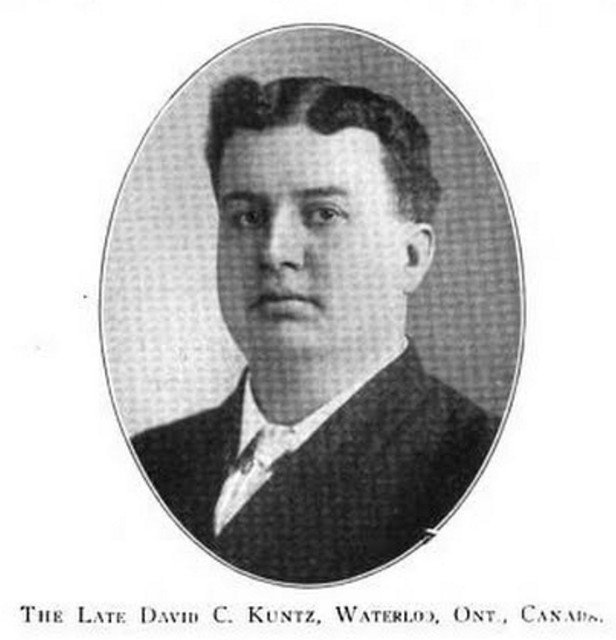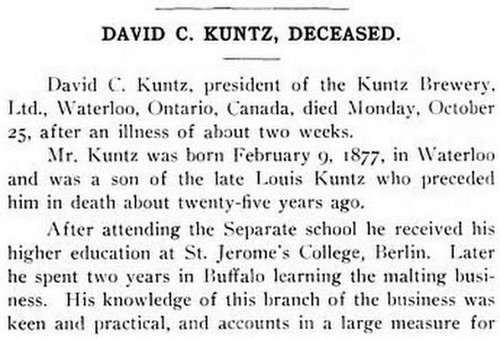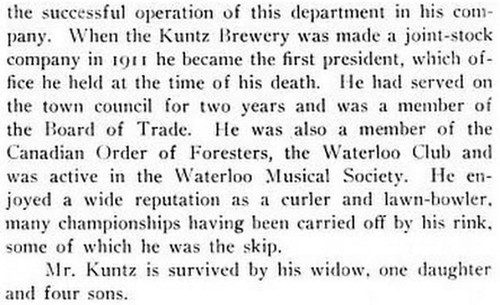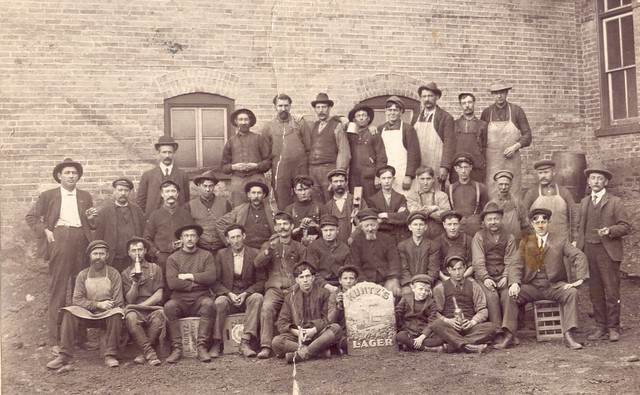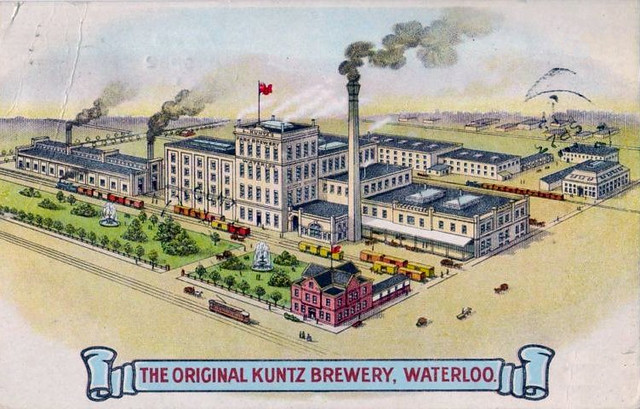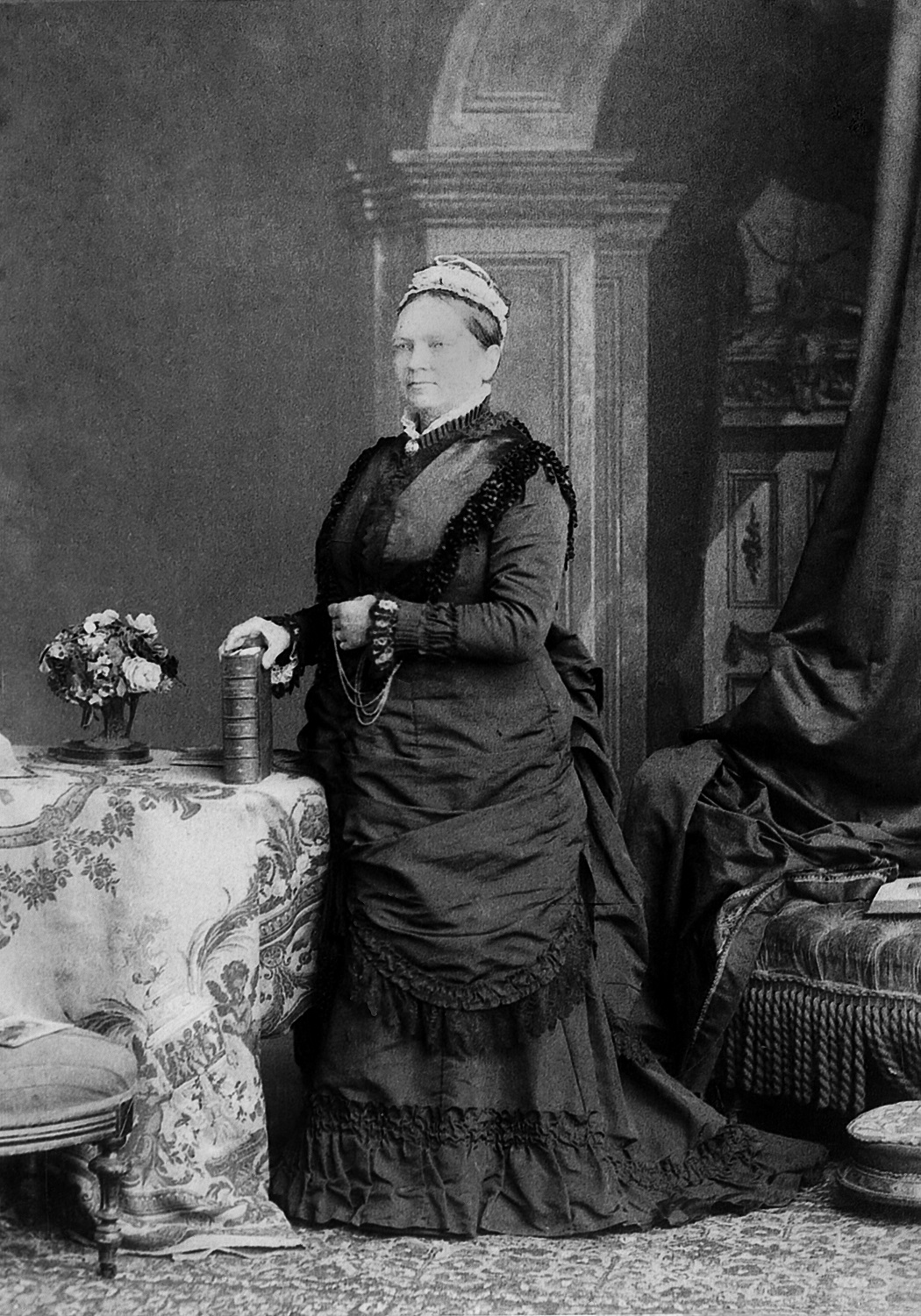![]()
Today is my good friend and colleague Stephen Beaumont’s 61st birthday. And not only a friend, but a neighbour, partner and ally, too (inside joke). In addition to his Blogging at World of Beer online, Stephen’s written numerous books, including the recent World Atlas of Beer (along with Tim Webb) and the Pocket Beer Book, among much else. Join me in wishing Stephen a very happy birthday.
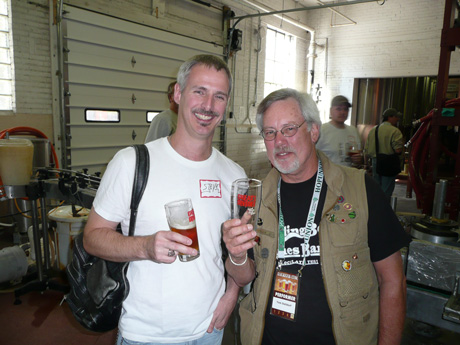
Stephen with Tom Dalldorf at the Great Divide reception at GABF in 2007.

Stephen Beaumont and his now-wife Maggie, and me, in the Bay Area for the Celebrator anniversary party a million years ago.

Stephen, Tom Dalldorf and me at 21st Amendment for a roast I threw for Tom’s 60th birthday several years ago.

Stephen and Maggie at their wedding reception in Toronto in August 2008.

Enjoying a pint of Fuller’s at The Dove in London several years ago.
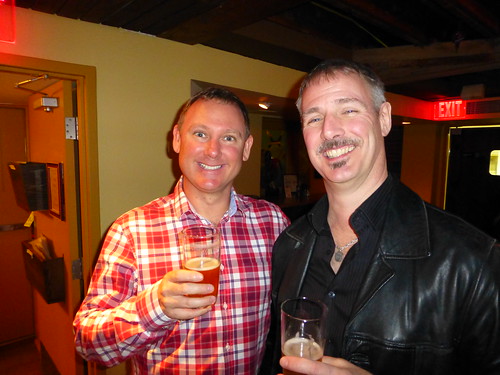
With Luke Nicolas from New Zealand’s Epic Brewing in D.C. for CBC several years ago.


